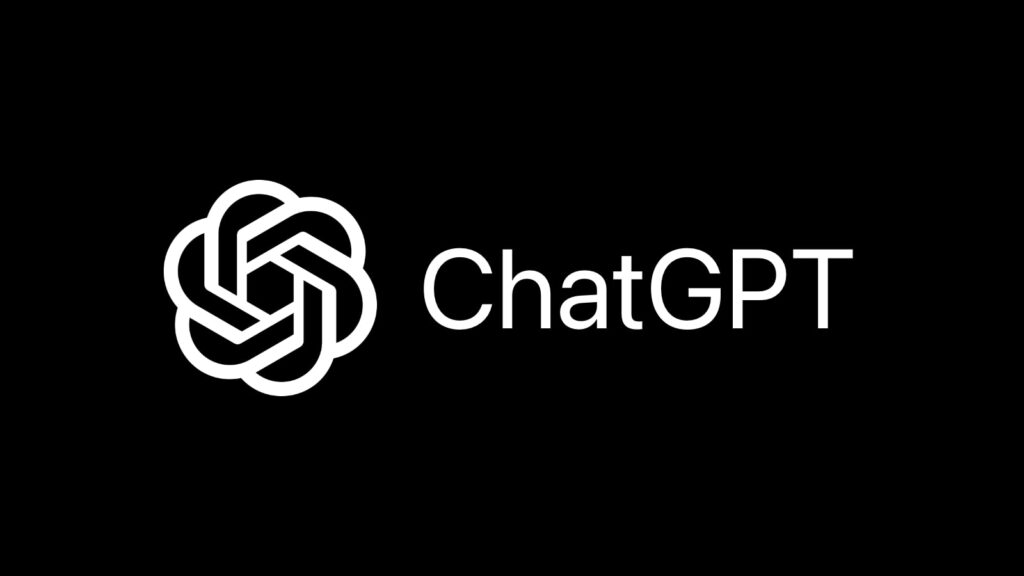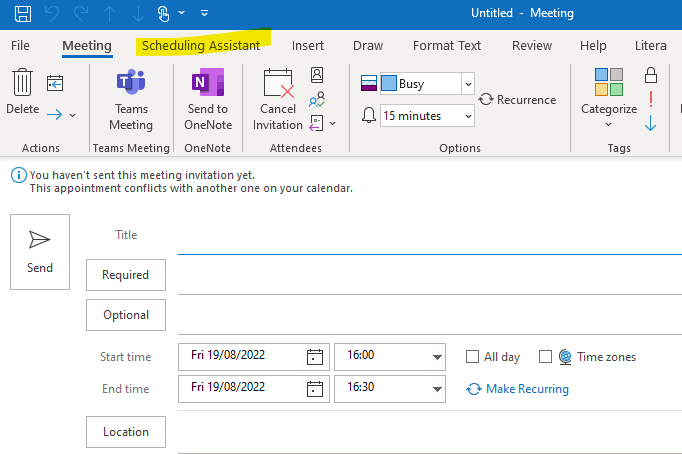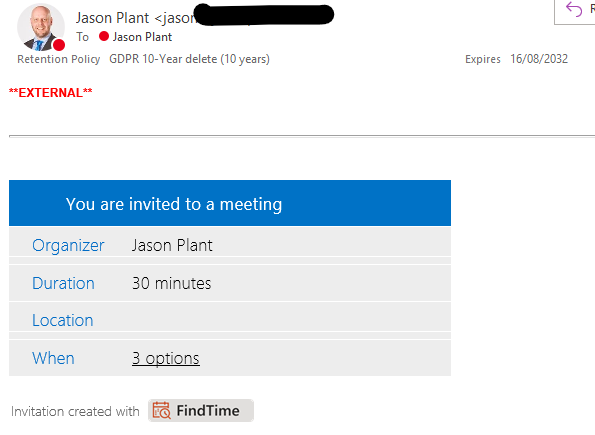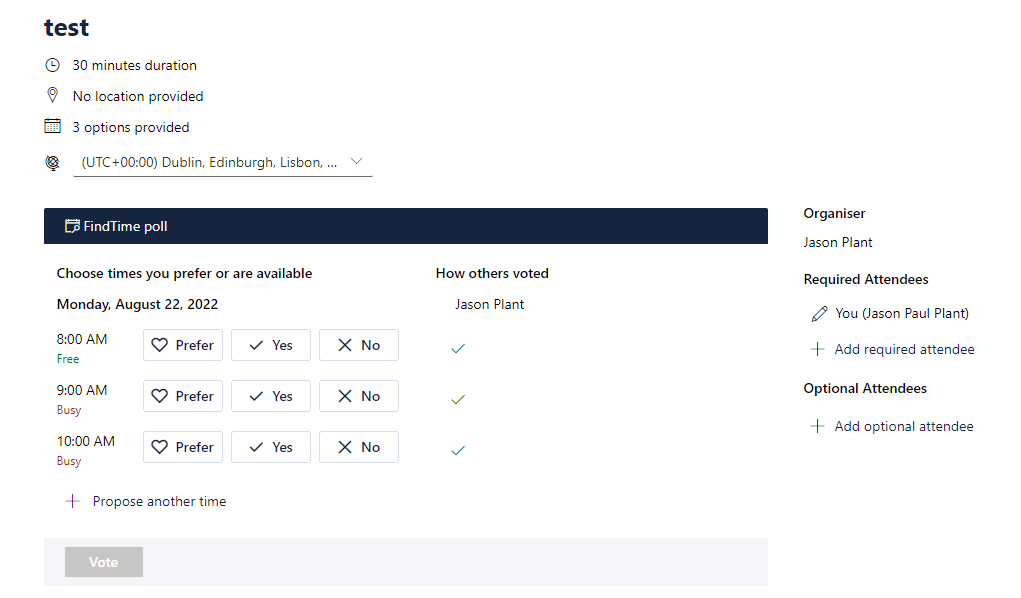I know, I know I’m jumping on a bit of a bandwagon here. Doing what every conference presenter is doing and talking about you know what. But this isn’t a AI is going to take all our jobs post, just a very simple real work example of what it can do and an encouragement to go try it.

Last year I posted up a question on twitter. Just something simple to try and crowd source some definitions for a few common legal tech terms. I got a few comments back, some are in the replies but had others outside the platform. Generally there was no consensus and I think I decided to just use matter management for what I needed and ignore the other two to avoid confusing.
Fast forward to this week and I have been playing around with ChatGPT on OpenAI.com. It took a while to even get started as I kept getting the error:

Turns out this is simple to fix, if you’ve NordVPN installed you need to turn off web protection for the period you use openai as it messes with it for some reason?!?
Anyway I decided to ask ChatGPT what it’s definitions of the above would be, here’s what it came up with:
Practice management, in the context of legal software, refers to the tools and processes used by law firms and legal professionals to manage their day-to-day operations and streamline their business processes. It involves the use of technology to handle various aspects of a law firm’s operations, including client management, case management, document management, timekeeping, billing, and financial management.
Practice management software provides a centralized platform that allows law firms to efficiently manage their practice and deliver high-quality legal services. Some common features of practice management software include:
1. Client and contact management: It helps track client information, communication history, and other relevant details, enabling efficient client relationship management.
2. Case and matter management: It allows for the organization and tracking of cases and matters, including managing deadlines, tasks, and related documents.
3. Document management: It provides tools to create, store, search, and retrieve legal documents, improving document organization and version control.
4. Timekeeping and billing: It enables accurate tracking of billable hours, generation of invoices, and integration with accounting systems for seamless financial management.
5. Calendar and task management: It helps schedule appointments, track deadlines, assign tasks, and manage workflows, improving productivity and ensuring timely completion of work.
6. Reporting and analytics: It offers reporting capabilities to analyze firm performance, track key metrics, and make data-driven decisions.
7. Integration and collaboration: Practice management software often integrates with other tools such as email, document management systems, and accounting software, facilitating seamless collaboration and data sharing.
By utilizing practice management software, law firms can streamline their operations, enhance productivity, improve client service, and effectively manage their business aspects, ultimately leading to increased efficiency and profitability.
I was pretty impressed not just with the definition, but also the speed of the response from the platform and the fact it was so readable. So I asked how it differed from matter management?
Matter management and practice management are two distinct concepts in the legal context, although they are closely related and often overlapping in their functionalities.
Matter management primarily focuses on the management of individual legal matters, such as specific cases, transactions, or legal projects. It involves tracking and organizing information, documents, deadlines, tasks, and communication related to each matter. Matter management software provides a centralized platform to manage the lifecycle of a matter from inception to completion, ensuring efficient and effective management of the specific legal work.
Practice management, on the other hand, encompasses a broader scope and refers to the overall management of a law firm or legal practice. It involves the administrative, operational, and financial aspects of running a legal business. Practice management software provides tools and functionalities to manage various aspects of a law firm’s operations, including client management, case/matter management, document management, timekeeping, billing, accounting, reporting, and other business processes.
While matter management focuses on the management of individual matters, practice management includes the management of the entire law firm’s operations and resources. It encompasses functions such as client intake, staff management, marketing, financial management, strategic planning, and performance analysis. Practice management software provides a comprehensive platform to handle these administrative and business aspects, enabling law firms to streamline their operations and improve efficiency.
In summary, matter management is specifically concerned with the management of individual legal matters, while practice management encompasses the broader management of a law firm or legal practice, including matters, clients, staff, finances, and other operational aspects.
And what about case management?
Case management and matter management are two related but distinct concepts in the legal context.
Case management primarily focuses on the specific legal cases or litigation matters that a law firm handles. It involves the organization and coordination of activities and information related to individual cases. Case management typically includes tasks such as tracking deadlines, managing court filings, monitoring case progress, and coordinating communication among team members, clients, and external parties involved in the case. Case management systems are often used by litigation-focused firms or departments.
On the other hand, matter management has a broader scope and encompasses all types of legal matters handled by a law firm or legal department, including both litigation and non-litigation matters. It involves the overall management of legal matters, including tasks such as client intake, matter assignment, document management, collaboration, timekeeping, billing, and reporting. Matter management software provides a comprehensive platform to manage all aspects of legal matters from initiation to completion, covering both the administrative and substantive aspects of legal work.
While case management is specific to individual legal cases or disputes, matter management encompasses a wider range of legal work, including transactional matters, advisory work, compliance, and general legal operations. Matter management software aims to streamline and centralize the management of all matters, providing a holistic view of the firm’s or department’s workload and resources.
In summary, case management focuses on the management of individual legal cases, while matter management is a broader concept that covers all types of legal matters handled by a law firm or legal department, including litigation and non-litigation matters.
There was quite a lot of text, so I then simply asked it to summarise all of this:
In essence, matter management deals with the management of individual legal matters, practice management encompasses the broader management of a law firm or legal practice, and case management is specifically focused on the management of individual legal cases or litigation matters. These concepts are interconnected and often supported by legal software solutions to streamline operations, improve efficiency, and enhance client service.
What got me is not necessarily the definitions themselves (though they are pretty good) but the fact that the questioning and follow on I gave were the kind of conversational questions that come naturally. I didn’t have to adjust search terms or anything like you would in Google, just asked a logical question as you would of a person in conversation.
It really is pretty impressive!
Like I said at the start this isn’t an “AI will conquer the world” post, more a call to just go and try it. Go to OpenAI.com. sign up and just play around a bit. If nothing else it’ll give you a feel for what it can do and give you some background to question whether or not the answer to that business problem actually is ChatGPT or not.





